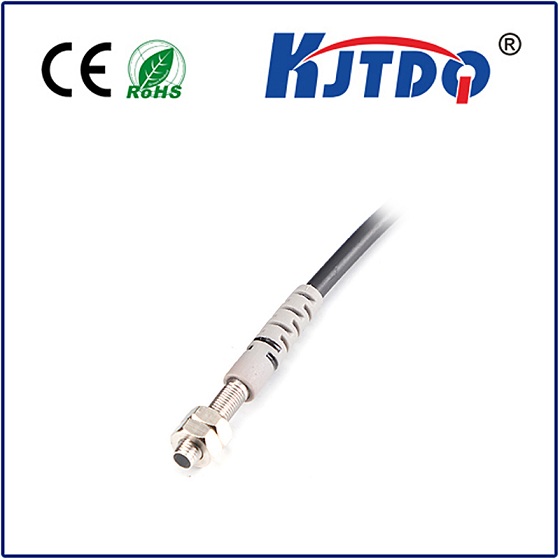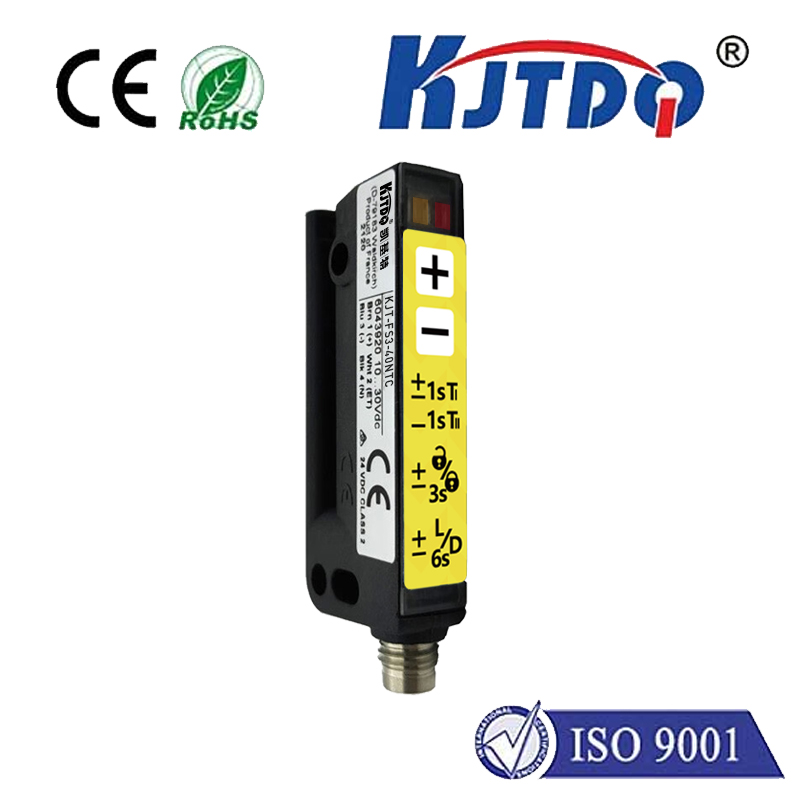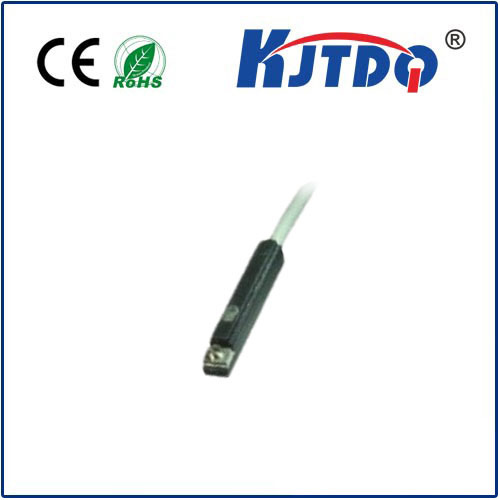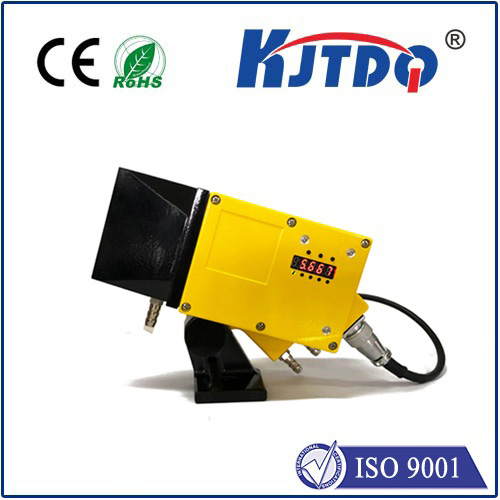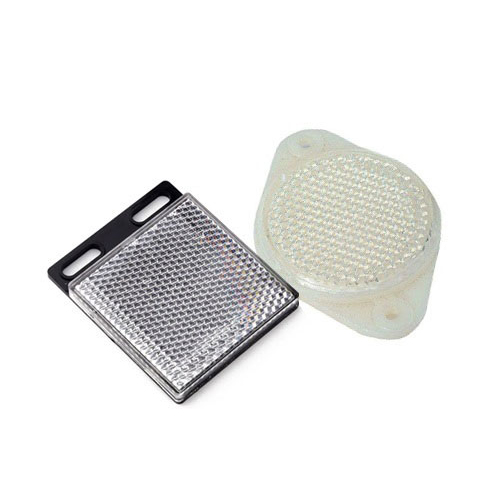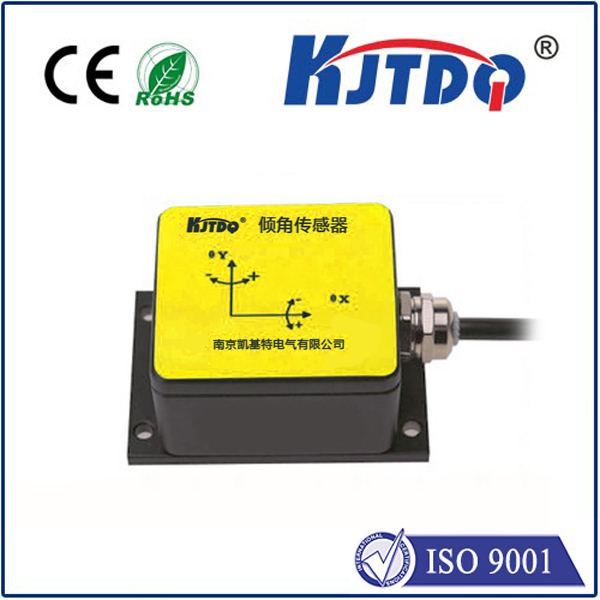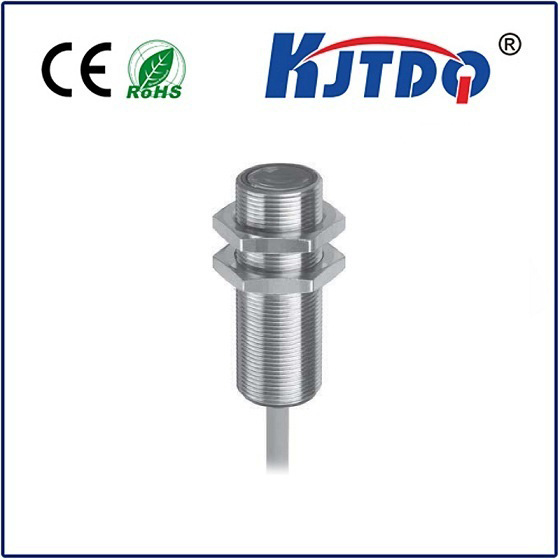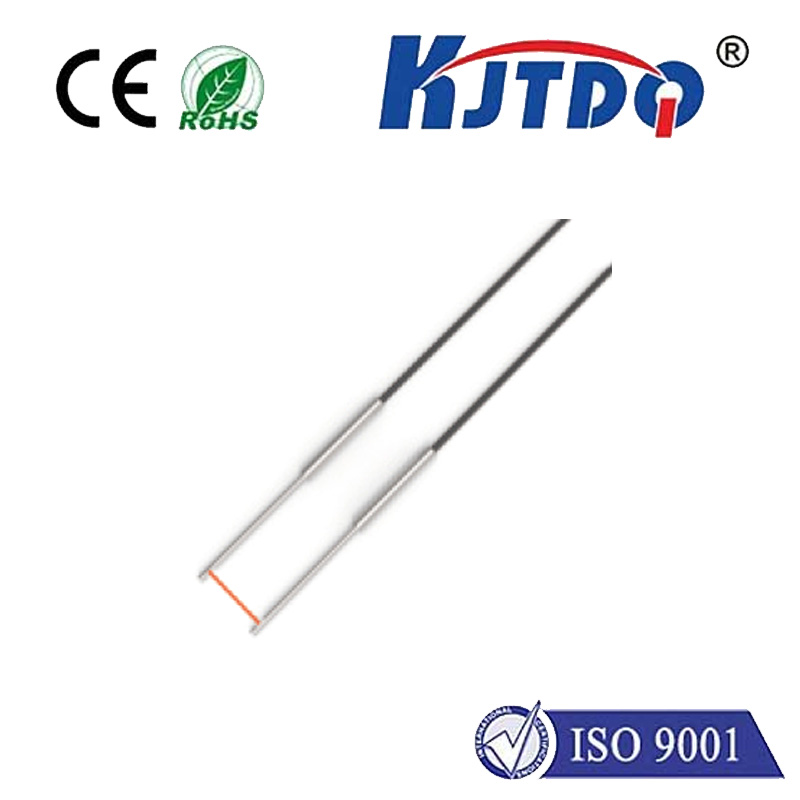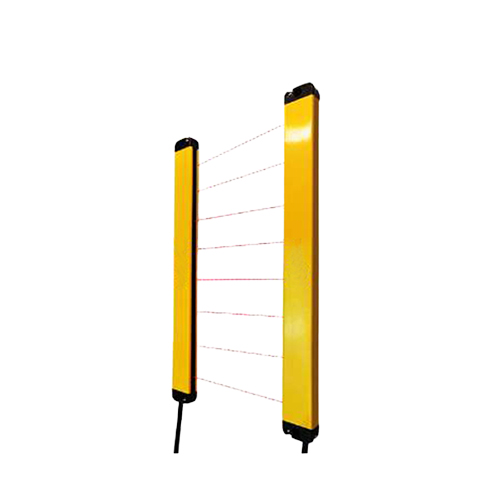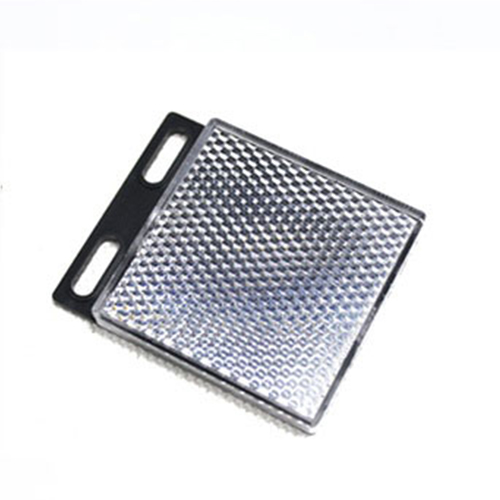230v proximity sensor
- time:2025-07-10 02:48:34
- Click:0
230V Proximity Sensors: Powering Robust Industrial Automation
Imagine a bustling factory floor. Conveyors whir, robotic arms execute precise movements, and machinery hums with purpose. Ensuring safety and seamless operation in this demanding environment relies heavily on reliable sensing technology. Enter the 230V proximity sensor – a workhorse component designed for direct integration into industrial control systems, offering robust, non-contact detection capabilities where standard low-voltage sensors might falter.
Understanding the Core: What is a 230V Proximity Sensor?
At its heart, a proximity sensor detects the presence or absence of an object without physical contact. The “230V” designation signifies its operating voltage – it connects directly to standard industrial alternating current (AC) power supplies common in factories (nominally 230VAC, though many operate within a range like 90-250V AC). Unlike their 12/24VDC counterparts requiring separate power converters or PLC outputs, 230V sensors plug directly into existing high-voltage control circuits.
- Operating Principle: Most industrial 230V proximity sensors are inductive. They contain an oscillator circuit generating a high-frequency electromagnetic field around their sensing face. When a ferrous (iron-containing) metal object enters this field, it induces eddy currents on the metal’s surface. This dampens the oscillator’s field strength, triggering the sensor’s internal switch (usually solid-state for reliability). The key advantage? Non-contact detection minimizes wear and tear, allowing millions of operations.
Key Advantages Driving Industrial Adoption

Why choose a 230V AC proximity sensor? Several compelling benefits make them indispensable:
- Simplified Wiring & Direct Integration: Eliminates the need for separate relays, interface modules, or DC power supplies to connect to standard motor starters, contactors, solenoid valves, or indicator lamps running on AC mains power. This translates to reduced installation complexity and lower overall system costs.
- Robustness & Durability: Designed specifically for harsh industrial environments. They typically feature:
- Sturdy Housings: Often made from robust materials like nickel-plated brass or stainless steel (IP67, IP68, IP69K ratings are common), offering exceptional resistance to dust, moisture, oils, and chemical splashes.
- High Immunity: Engineered to withstand vibration, electrical noise (EMI/RFI), and temperature fluctuations (often -25°C to +70°C operating range).
- Long Sensing Ranges: While dependent on the sensor size and target material, dedicated 230V AC proximity switches often offer relatively generous sensing distances compared to some low-voltage variants, especially in larger barrel formats.
- Inherent Compatibility: Perfect fit for retrofitting older machinery or integrating into existing control panels designed around AC voltage logic without requiring complex voltage conversion stages.
Delving into Specifications: What to Consider
Selecting the right 230V proximity sensor requires careful consideration of its specifications:
- Sensing Distance: The nominal range at which it can reliably detect a standard target (usually mild steel). Remember: actual range depends on target size, shape, and material (ferrous metals are detected best). Always de-rate the nominal value for reliable operation.
- Output Type: Primarily 3-wire configurations:
- Normally Open (NO): Switch closes (conducts) when target present.
- Normally Closed (NC): Switch opens (stops conducting) when target present. Some models may offer selectable outputs.
- Switching Element: Solid-state transistors offer silent operation, high switching speeds, and long life compared to mechanical relays (though relay outputs do exist for specific high-load applications).
- Housing Material & Shape: Barrel (cylindrical), rectangular block, or specialized shapes. Material choice (brass, stainless steel) impacts chemical resistance and cost.
- Protection Rating (IP Code): Critical for the environment. IP67 (submersible temporarily), IP68 (continuous submersion), and IP69K (high-pressure/high-temperature washdown) are common standards. Look for appropriate NEMA ratings in North American contexts.
- Temperature Range: Ensure the sensor’s operating and storage temperatures match your application’s extremes.
- Connections: Conduit entries (M12, M18, M30 are common thread sizes) or pre-wired cables with robust strain relief. Secure connections prevent failures.
Where are 230V Proximity Sensors Indispensable?
Their robustness and direct AC compatibility make them ideal for numerous demanding applications:
- Machine Automation: Position detection of cams, cylinders (piston position), end stops, tool changers, and guarding systems.
- Material Handling: Monitoring presence/absence of pallets, boxes, or products on conveyors; controlling gate positions; detecting jams.
- Packaging Machinery: Counting products, verifying case formation, detecting label or film presence.
- Automotive Manufacturing: Harsh environment sensing near welding stations, paint shops (using specialized coatings), and assembly line position verification.
- Heavy Machinery: Position feedback on cranes, earth-moving equipment, and presses where vibration and contaminants are prevalent.
- High-Temperature Environments: Monitoring furnace doors, kiln entries, or near heat-treating processes (select high-temp rated models).
- Washdown & Sanitary Areas: Food & Beverage or Pharmaceutical production lines requiring frequent cleaning (IP69K stainless steel sensors are crucial).
Choosing and Implementing Effectively
- Target Material is Key: Inductive sensors primarily detect ferrous metals. For non-ferrous metals or non-metallic targets, capacitive sensors (also available in 230V AC) are the solution.
- Mounting Considerations: Ensure proper clearance (flush or non-flush mounting as specified) around the sensor head to avoid false triggers from surrounding metal. Secure mounting is vital against vibration.
- Voltage Fluctuations: While tolerant, verify the sensor’s operating voltage range covers any potential sags or surges in your specific plant power supply.
- Load Considerations: Check the sensor’s maximum switching current and voltage against the requirements of the device it controls (contactor coil, lamp, PLC input module). Avoid overloading.
- Safety First: Working with 230V AC requires strict adherence to electrical safety protocols (Lockout/Tagout - LOTO). Always isolate power before installation or maintenance.
Conclusion
230V AC proximity sensors represent a cornerstone technology in industrial automation. Their ability to provide reliable, non-contact detection directly on high-voltage control circuits, combined with exceptional durability against harsh environmental factors, makes them the go-to choice for countless demanding applications. By simplifying wiring, reducing component count, and offering proven longevity, they deliver significant value in optimizing manufacturing efficiency and safety. When robust, direct AC sensing is required, the 230V inductive proximity sensor stands as an essential, high-performance solution powering the modern industrial landscape.












